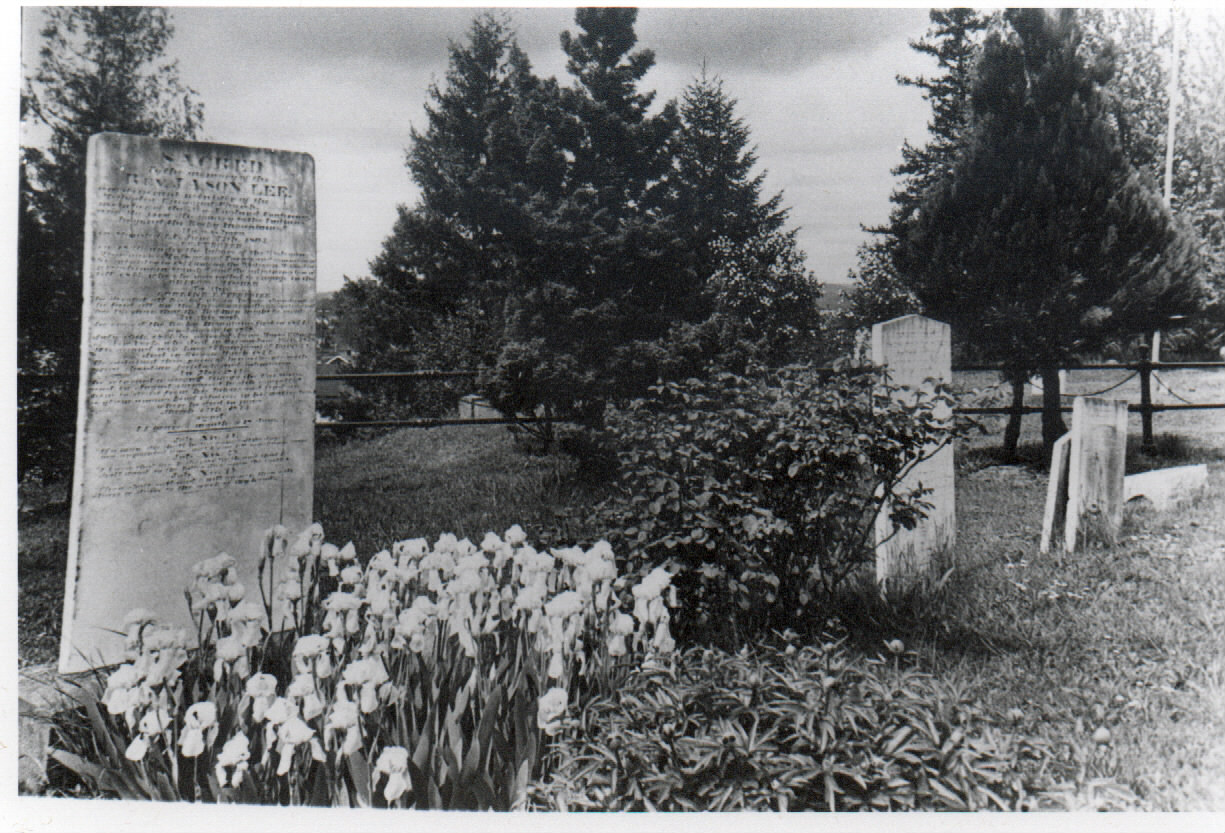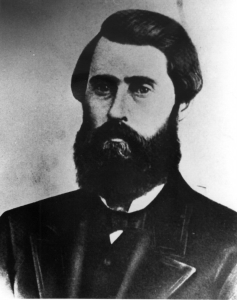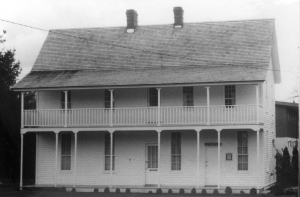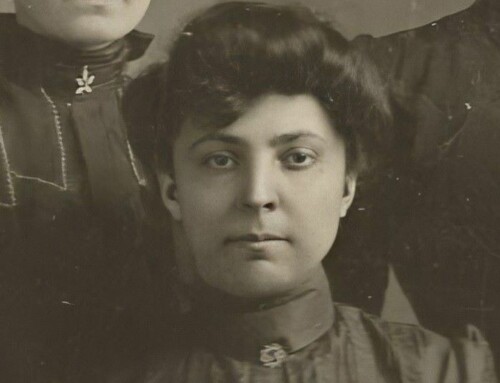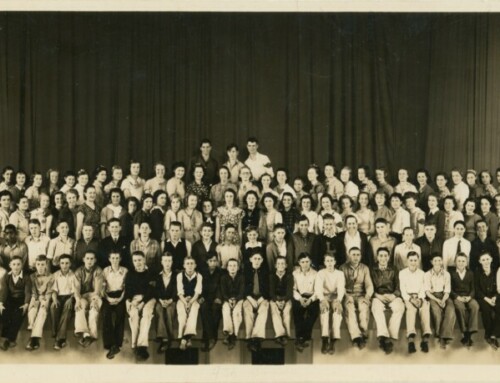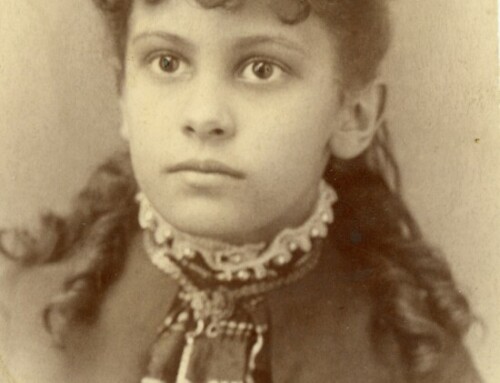[1], the hallowed spot reserved for members of the Willamette Mission settlement and other early settlers of Salem. The child was working very deliberately and carefully to create a headstone rubbing of the name Jason Lee. The following is a conversation she had with her mother.
“Who was Jason Lee mama?”
“I’m not sure, but his name is on the list of people your teacher sent home.”
“Where did he live? Can I visit him?”
“I don’t know where he lived, but he died a very long time ago so his house is probably gone.”
“Are you sure he was real?”
“Yes.”
“How do you know if you can’t see him and his house is gone?”
Jason Lee was very real indeed. Described by Reverend Harvey Kimball Hines as “an imposing personality. Six feet four inches in height, well and symmetrically developed, his appearance gave the world assurance of a man. His complexion was almost blond, his hair light, and his eyes grayish-blue.”[2] This husband, father, missionary, preacher, pioneer, teacher, and leader was born June 28, 1803 in Stanstead, Quebec, Canada,[3] the youngest of 15 children born to Daniel and Sarah (Whitaker) Lee.[4] After his father’s death in 1806, he was sent to live with his brother Elias Lee, 21 years his senior.[5] He grew especially close to one nephew, Daniel, only three years younger than himself, and they remained so, eventually traveling and serving together as missionaries to the Oregon country. At age 13, Jason Lee wrote in his diary “I was thrown upon the world without money to provide for all my wants except by my own industry.”[6] He supported himself with manual labor.
The 1810-1820s were a time of great religious fervor throughout the United States. Traveling preachers and revival meetings attracted huge crowds. It was at one of these revivals in 1826 that Jason had a conversion experience which led him to seek a more formal education at the Wesleyan academy in Wilbraham, Massachusetts;[7] one that would better prepare him for Christian ministry. By 1830 he was serving a local congregation in Stanstead when an opportunity was offered that would change the course of his life and write the history of our state. In 1831, a small group of northwest Indians from the Flathead and Nez Perce tribes visited St. Louis, Missouri, and met with General William Clark, Indian agent and former explorer. They reportedly asked for “the white man’s book of heaven” (the Bible).[8] This visit sparked the interest of evangelical Christian congregations all along the East coast and in response, the Methodist church issued a call for missionaries to head to Oregon. Lee answered that call, and was appointed along with his nephew Daniel, as a minister to the Flathead Indians. After a year of fundraising they joined the second expedition of Nathaniel Wyeth as it left Independence, Missouri, for Oregon in April 1834, joined by Cyrus Shepard, Courtney Walker, and Philip Edwards.[9]
The Wyeth-Lee group arrived at Fort Vancouver September 15, 1834[10] and learned that “the real Flat Head Indians were few in number, and had no settled habitations .”[11] Dr. John McLoughlin, the Hudson’s Bay Company chief factor recommended that they travel south to Kalapuya country, an area now contained within the boundaries of the Willamette Mission State Park, northwest of Brooks, Oregon. Here the missionaries built a barn and the original mission house which was used for schooling, church services, and “domestic purposes.”[12] Later they would complete a 32 x 40 foot building, an additional log house, a blacksmith shop, and a frame house.[13]
Three years later on May 28, 1837 the first reinforcement for the Oregon Mission arrived; thirteen people, among whom were Miss Anna Maria Pittman, a teacher. The Mission Board had sent Anna Maria in the hopes that she and Lee would marry, an idea that neither of them seemed very enthusiastic about in the beginning.[14] The couple surprised their fellow missionaries on July 16, 1837 at the first public communion to be held when they stepped forward just as the service started and announced their intentions. Three weddings were held that day, Jason Lee and Anna Maria Pittman, Cyrus Shepard and Susan Downing, and settler Charles Roe to Miss Nancy of the Kalapuya tribe.[15]
Within a year of marriage Anna Maria and her infant son would be dead. They were buried at the mission and later re-interred at Lee Mission Cemetery in Salem, Oregon.[16] At the time of her death, Jason Lee was traveling back East for the dual purpose of reporting to the Mission Board and to deliver a petition to the U.S. Congress encouraging the U.S. to extend its influence and protection to the Oregon territory. His diary during the trip reflects on his deep feelings for his wife. He spent the following year traveling along the eastern seaboard raising money for the mission and recruiting people, returning in 1840 leading a party of 51 settlers, the largest group (as of 1840) to arrive and start farms in the Oregon territory.
While back East he met and married Lucy Thompson, within two years of their marriage she would also die as a result of childbirth. This time however, the child survived, an infant daughter, Lucy Anna Maria born on February 28, 1842.[17] In October 1843 problems with the mission led to his return to Mission Board headquarters in New York. He left his infant daughter in the care of fellow missionary Reverend Gustavus Hines. A year later, while visiting his sister in Stanstead, Quebec, his health failed; he died on March 12, 1845. He was buried in Stanstead but later his remains were re-interred in Salem, Oregon, in 1906.[18]
Yes, Brittany there was a Jason Lee and his home now stands on the grounds of the Willamette Heritage Center. He and many pioneers like him lived a very long time ago. If you watch carefully as your mother drives through Salem perhaps you’ll catch a glimpse of their names on street signs and buildings. Once a year, I bring the teen interpreters from the Willamette Heritage Center to the Diamond Square section of Lee Mission Cemetery where I found you creating a rubbing from Jason Lee’s headstone. We work hard pulling weeds, sweeping off the headstones and decorate the graves with flowers. At the end of our time we always pause for a few minutes of silence and respect to remember those early settlers like Jason Lee who came before and the sacrifices they made on our behalf.
This article was written by Kaylyn F. Mabey for the Statesman Journal where it was printed 13 July 2014. It is reproduced here for reference purposes.
References:
[1] http://www.leemissioncemetery.com/LeePlotMap_DS.htm
[2] Hines, H. K. Missionary History of the Pacific Northwest. Portland, Oregon: J.D. Hammond San Francisco, 1899.
[3] https://www.willametteheritage.org/LaRC/bios_histories/Jason_Lee.pdf
[4] https://familysearch.org/tree/#view=ancestor&person=LCJY-YZH
[5] Guardino, M. Constance & Riedel, Rev. Marilyn. Sovereigns of Themselves: A Liberating History of Oregon and Its Coast Google Books
[6] Guardino, M. Constance & Riedel, Rev. Marilyn. Sovereigns of Themselves: A Liberating History of Oregon and Its Coast Google Books
[7] Sherman, David History of the Wesleyan academy, in Wilbraham, Mass. 1817-1890. Boston: The McDonald & Gill Company, 1893.
[8] https://oregonhistoryproject.org/articles/rev-jason-lees-diary/#.XwsLvh17mi4
[9] https://www.willametteheritage.org/LaRC/bios_histories/Jason_Lee.pdf
[10] https://www.willametteheritage.org/LaRC/bios_histories/Jason_Lee.pdf
[11] Charles Henry Carey, ed., “Methodist Annual Reports Relating to the Willamette Mission (1834-1848),” Oregon Historical Society Quarterly, 4(23), pg. 306.
[12] Charles Henry Carey, ed., “Methodist Annual Reports Relating to the Willamette Mission (1834-1848),” Oregon Historical Society Quarterly, 4(23), pg. 306.
[13] 2014 Docent Handbook, Willamette Heritage Center, p. 51
[14] 2014 Docent Handbook, Willamette Heritage Center, p. 49
[15] 2014 Docent Handbook, Willamette Heritage Center, p. 51
[16] http://www.leemissioncemetery.com/LeeHistory1.htm
[17] 2014 Docent Handbook, Willamette Heritage Center, p. 56



